Prevent Listeria contamination and other bacteria, toxins
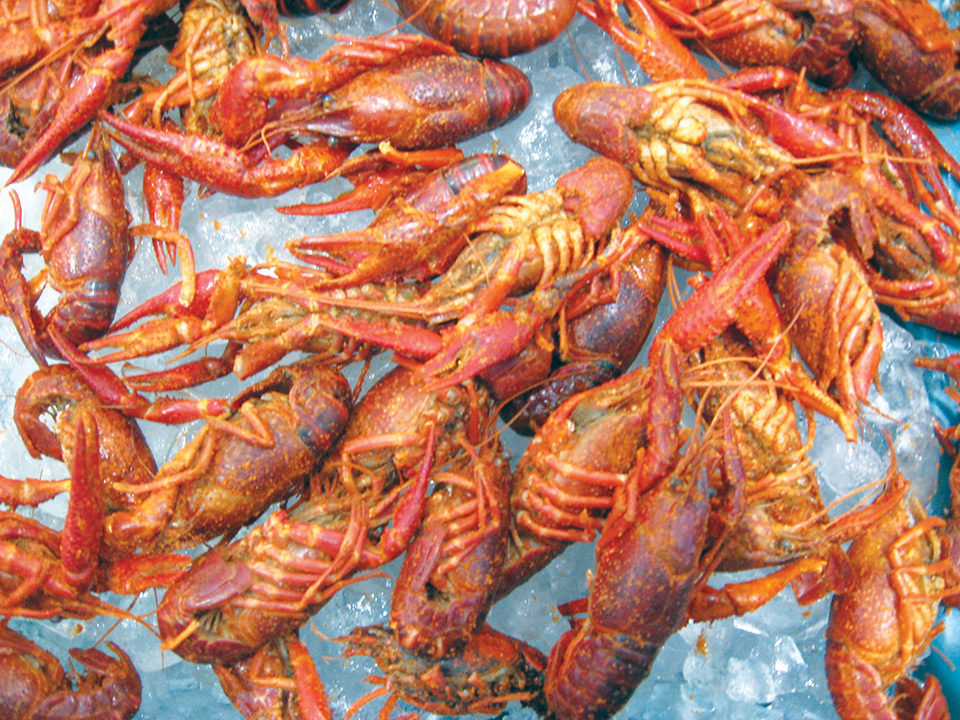
Part 2 of a two-part series on commercial crawfish aquaculture. Read Part 1 here.
As the popularity of crawfish has increased in the United States, distributors are challenged to deliver a delicious product while meeting basic standards for consumer safety. The bacteria that remain despite various packaging and preservation mechanisms can be a hazard for crawfish consumers as well as those involved with crawfish handling in the processing facilities.
Fortunately, advances in science and technology provide a wealth of approaches that can mitigate the dangers of bacteria or toxins associated with crawfish. This research on postprocessing treatments for crawfish is based on information regarding the growth rates of contaminants such as (Listeria monocytogenes) and insight into the ways that processing factors such as temperature and packaging alternatives can affect microbial counts in consumed crawfish. Proper cooking, storage and packaging processes are essential to ensure the health of individuals as well as provide the high level of quality and palatability expected by consumers.
Microbial populations
The microflora associated with live crawfish reflects the microbial populations of the harvest water and sediments in which the crawfish were harvested. A study of the health-related bacteria in (Procambarus clarkii) crawfish showed that the following were present in the percentage of samples indicated: coliforms (100 percent), (Escherichia coli) (92.6 percent), fecal streptococci (94.1 percent), coagulase-positive staphylococci (3.0 percent). (Clostridium botulinum) type E was not found in any of the 66 samples from 22 sites.
(Staphylococcus aureus), (Streptococcus faecalis), (E. coli) and (Salmonella typhimurium) grew well in cooked tail meat at 25 and 37 degrees-C. None of the four organisms grew at 5 degrees-C. C. botulinum type E produced toxin in tail meat within 48 to 72 hours at 30 degrees-C and after 33 days at 5 degrees-C. Toxin was not produced at 55 days when meats were stored in packed ice.
A subsequent study identified the bacteria responsible for spoilage in crawfish tail meat stored at 0 and 5 degrees-C. The results (Tables 1 and 2) showed significant differences in the bacterial species responsible for spoilage. (Pseudomonas) was the major bacterium responsible for spoilage at 0 degrees-C, while (Achrombacter) called (Moraxella/Acinetobacter) was the major bacterium responsible for spoilage at 5 degrees-C.
Flick, Types and percentages of bacteria, Table 1
| Genus | Fresh Meat | Stored 8 days | Stored 12 days | Stored 24 days (Spoiled) |
|---|---|---|---|---|
| Achrombacter | 12.5 | 82.5 | 17.5 | 22.5 |
| Alcaligenes | 15.0 | 2.5 | < 1.0 | 7.5 |
| Flavobacterium | 10.0 | 5.0 | 5.0 | < 1.0 |
| Micrococcus | 30.0 | < 1.0 | < 1.0 | < 1.0 |
| Pseudomonas | < 1.0 | 7.5 | 45.0 | 65.0 |
| Staphylococcus | 17.5 | 2.5 | < 1.0 | < 1.0 |
| Others* | 15.0 | < 1.0 | 32.5 | 5.0 |
* Aerobacter, Bacillus, Lactobacillus, Proteus, Sarcina
Flick, Types and percentages of bacteria, Table 2
| Genus | Fresh Meat | Stored 8 days | Stored 12 days | Stored 24 days (Spoiled) |
|---|---|---|---|---|
| Achrombacter | 12.5 | 47.5 | 65.0 | 62.5 |
| Alcaligenes | 15.0 | 15.0 | 15.0 | < 1.0 |
| Flavobacterium | 10.0 | 7.5 | < 1.0 | 2.5 |
| Micrococcus | 30.0 | 2.5 | < 1.0 | < 1.0 |
| Pseudomonas | < 1.0 | 10.0 | 17.5 | 32.5 |
| Staphylococcus | 17.5 | 12.5 | < 1.0 | < 1.0 |
| Others* | 15.0 | 5.0 | 2.5 | 2.5 |
* Aerobacter, Bacillus, Lactobacillus, Proteus, Sarcina
Bacteria detection and treatment
During shelf life studies of vacuum-packaged and air-permeable-bagged cooked crawfish, a total of 25 bacterial species were isolated (Table 3). The only pathogens isolated from both packaging types were strains of (Aeromonas hydrophila) and S. aureus.
Flick, Types of bacteria isolated from cooked crawfish, Table 3
| Bacteria Type | Vacuum Packaging | Air-Permeable Packaging |
|---|---|---|
| Acinetobacter baumannii | – | + |
| Acinetobacter lwoffii | + | + |
| Aeromonas hydrophila | + | + |
| Chryseobacterium (Flavobacterium) indologenes | + | + |
| Corynebacterium xerosis | + | + |
| Enterobacter cloacae | + | + |
| Enterococcus avium (Group D) | + | + |
| Enterococcus casseliflavus | + | + |
| Enterococcus faecalis (Group D) | + | + |
| Enterococcus faecium (Group D) | + | + |
| Enterococcus gallinarum | + | + |
| Enterococcus hirae | + | + |
| Escherichia coli | – | – |
| Pantoea agglomerans | – | + |
| Pasturella multocida | + | + |
| Peptostreptococcus tetratius | + | – |
| Serratia liquefaciens | – | + |
| Staphylococcus aureus | + | + |
| Staphylococcus auricularis | + | + |
| Staphylococcus capitis | + | + |
| Staphylococcus hominis | + | + |
| Staphylococcus hyicus | + | + |
| Streptococcus acidominimus | + | + |
| Streptococcus intermedius | – | + |
| Streptococcus pneumoniae | – | + |
Cooked crawfish were inoculated in both types of packages with 1,000 C. botulinum type E spores per gram of crawfish tail meat and incubated at 4 and 10 degrees C for up to 30 days. The bacterium was not detected in any of the packages throughout the shelf life study until day 30. At this time, all the samples were completely spoiled.
In further research, crawfish tail meat was treated with both aqueous chlorine and chlorine dioxide at 10 to 40 mg per liter combined with and without a high-pressure 600-psi prewash. Standard aerobic and psychrotrophic bacteria were evaluated in the treated meat for up to 21 days.
Samples treated with chlorine dioxide in both pressure-treated and nonpressure-treated groups had lower aerobic and psychrotrophic counts. Reductions ranged 90.00 to 99.99 percent (1-4 log10) and increased as the concentrations of chlorine compounds increased. The pressure application increased the effectiveness by at least 50.00 percent (0.5 log10).
Listeria monocytogenes investigations
Listeria monocytogenes can cause listeriosis in pregnant women, immunosuppressed individuals and the elderly, and has a mortality rate of 20 to 30 percent. The bacterium is considered ubiquitous and can be found in many environments, including decaying vegetable matter and aquatic environments. Although proper cooking destroys the bacterium, it can recontaminate tail meat through employee contact surfaces such as hand tools, gloves or aprons; food contact surfaces and nonfood contact surfaces.
In a survey that collected 337 raw whole crawfish, cooked tail meat and environmental samples in crawfish-processing facilities, 31 contained Listeria species. Although (L. innocua) was the predominant Listeria found, three raw material samples and one environmental sample were positive for L. monocytogenes.
Listeria species were found in 29.5 percent of raw whole crawfish and 4.4 percent of environmental samples, but none of the finished product samples. Among the environmental samples, Listeria was found in 15.4 percent of the drains and on 5.1 percent of the employee gloves and aprons, but not on food contact surfaces.
Further research determined the growth and thermal death times of L. monocytogenes in cooked crawfish tail meat at 0, 6 and 12 degrees-C. Growth curves for L. monocytogenes revealed that little multiplication was observed during 20 days of storage at 0 degrees-C. At 6 and 12 degrees-C, exponential growth began immediately with no observed lag phase.
Generation times of 72.2, 17.0 and 6.9 hours were calculated at 0, 6, and 12 degrees-C, respectively. Observed D values – the time it takes for a certain temperature to kill 90 percent of the bacteria – at 55, 60 and 65 degrees-C were 10.23, 1.98 and 0.19 minutes, respectively. The z value – the temperature required for a 90 percent (1 log10) reduction of bacteria – for L. monocytogenes in cooked crawfish tail meat was calculated as 5.5 degrees-C.
In another study, the effects of lactic acid on growth and survival of L. monocytogenes in crawfish tail meat stored under refrigeration and various gas environments was investigated. Inoculated samples were blended with concentrations of lactic acid ranging 0-2 percent and packaged under air, vacuum or modified atmosphere (74.8 percent carbon dioxide, 10.4 percent oxygen, 14.8 percent nitrogen) and stored at 4 degrees-C for 20 days.
Modified-atmosphere packaging inhibited the growth of L. monocytogenes more than air and vacuum packaging or 0 to 1 percent lactic acid. Microbial counts declined steadily in tail meat treated with 2 percent lactic acid with no difference in packaging method. The lag phase was extended by eight days in samples treated with 1 percent lactic acid and modified atmosphere compared to that of samples in air or vacuum packaging.
A study on the effects of potassium sorbate and citric acid sprays on the growth of L. monocytogenes in crawfish tail meat stored at 4 degrees-C showed no reduction in bacteria once exponential growth occurred. However, the lag phase was extended by two days.
(Editor’s Note: This article was originally published in the May/June 2008 print edition of the Global Aquaculture Advocate.)
Now that you've reached the end of the article ...
… please consider supporting GSA’s mission to advance responsible seafood practices through education, advocacy and third-party assurances. The Advocate aims to document the evolution of responsible seafood practices and share the expansive knowledge of our vast network of contributors.
By becoming a Global Seafood Alliance member, you’re ensuring that all of the pre-competitive work we do through member benefits, resources and events can continue. Individual membership costs just $50 a year.
Not a GSA member? Join us.
Author
-

George J. Flick, Jr., Ph.D.
Food Science and Technology Department
Virginia Tech/Virginia Sea Grant (0418)
Blacksburg, Virginia 24061 USA[117,100,101,46,116,118,64,103,107,99,105,108,102]
Tagged With
Related Posts
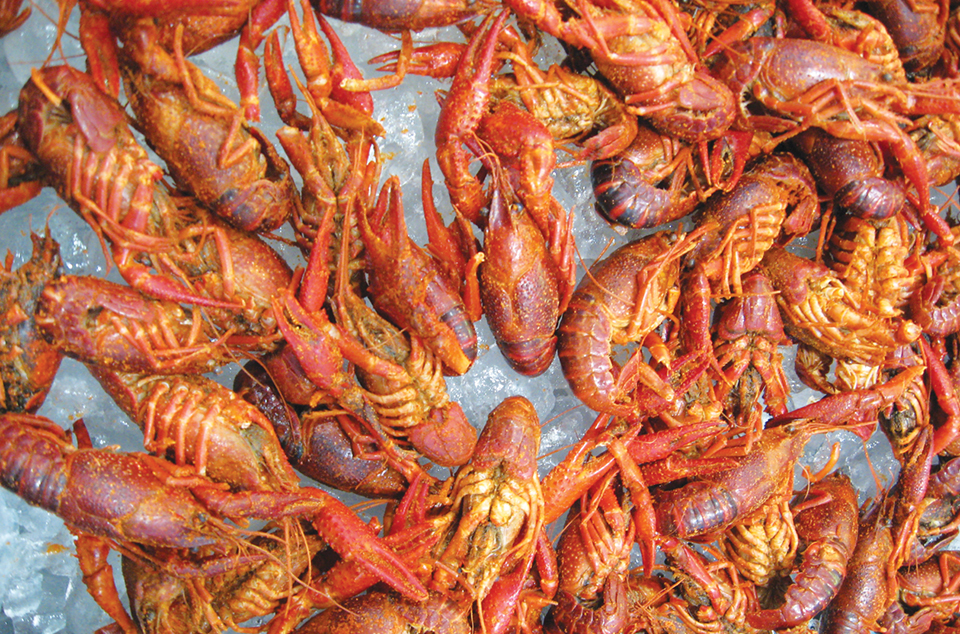
Intelligence
Purging, processing freshwater crawfish
In crawfish production, purging systems can improve water quality, reduce contaminants and improve the physical factors of the product valued by consumers.
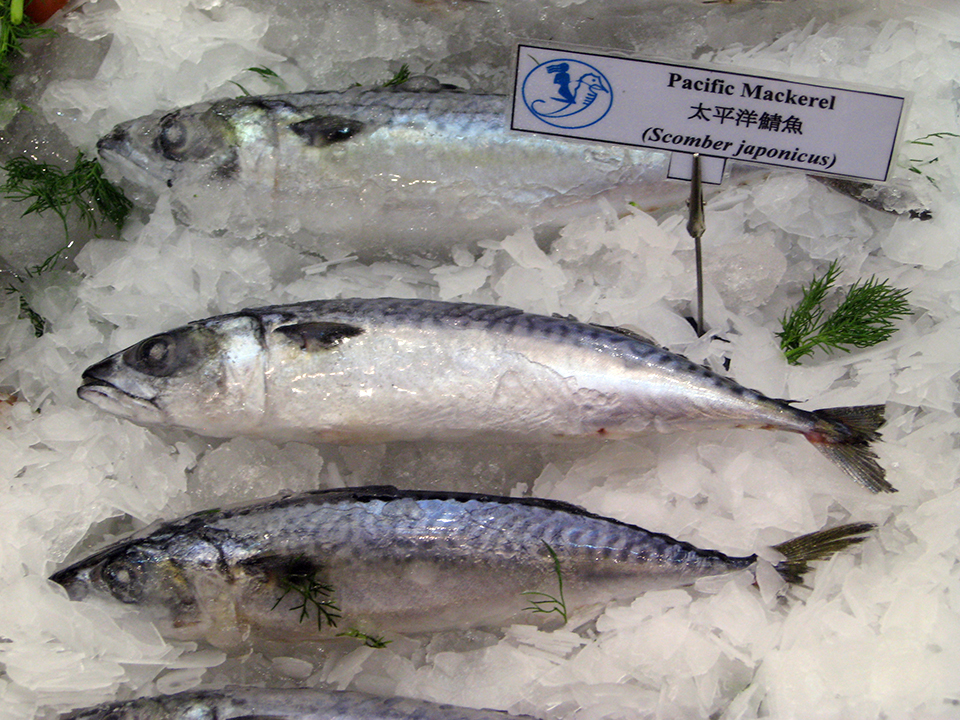
Intelligence
Byproduct utilization for increased profitability, part 1
Protease enzymes are important industrial enzymes that have diverse applications in food, leather, silk and the agrichemical and pharmaceutical industries. Fish are considered one of the richest sources of proteolytic enzymes.
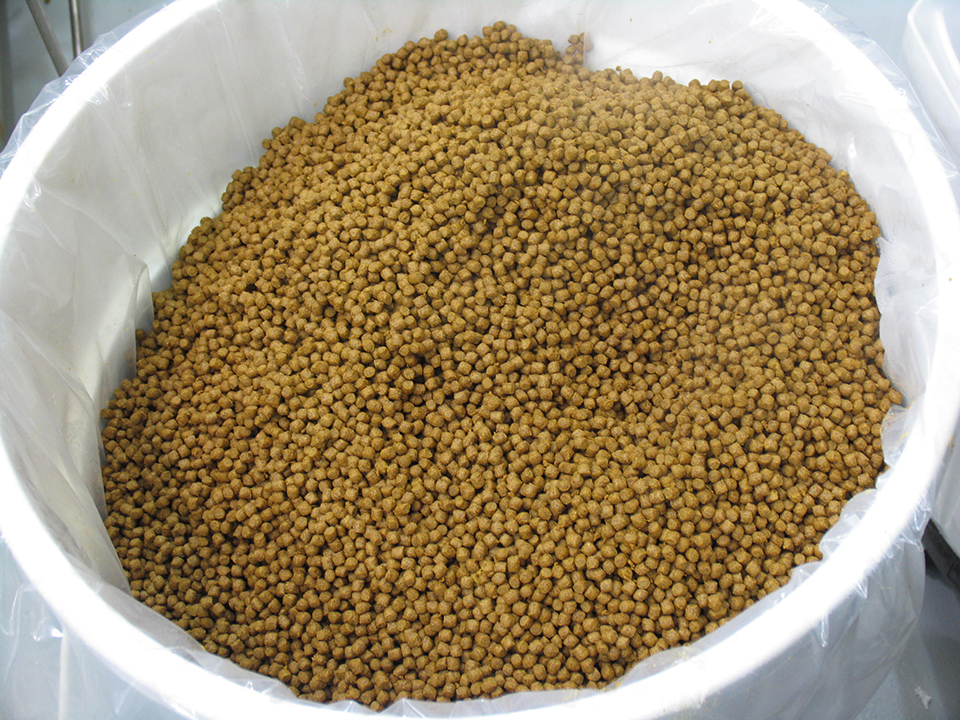
Intelligence
Off-flavors in aquaculture products, part 3
Off-flavor compounds produced by low-molecular-weight amine compounds present in fish are degraded into ammonia or other nitrogenous compounds during storage.
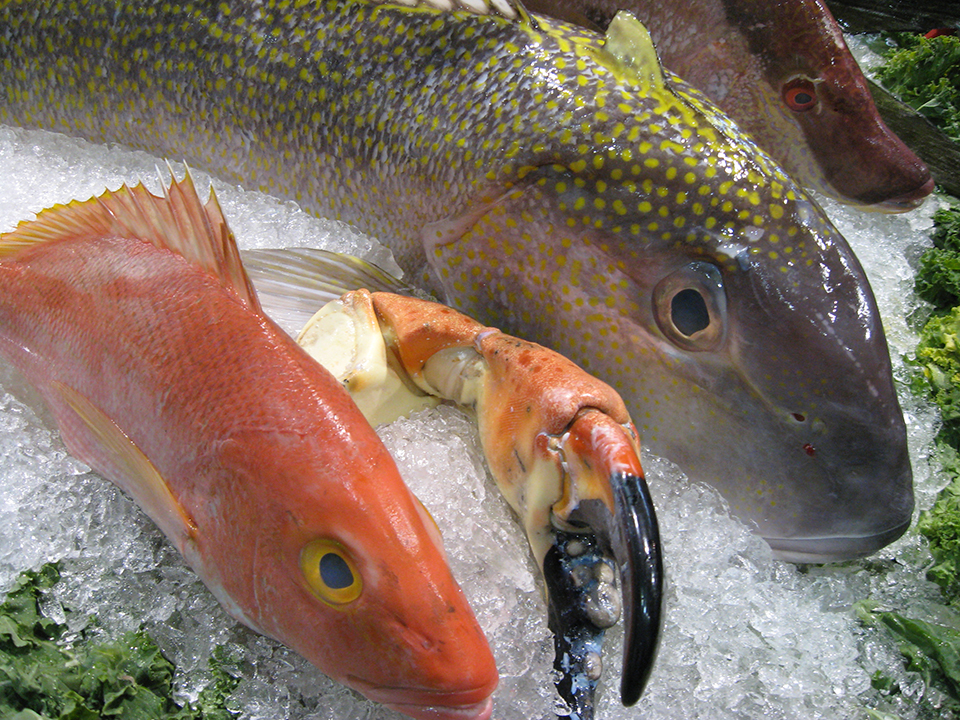
Intelligence
Enzymes in seafood, part 1
Enzymes are responsible for postharvest changes in seafood that impact product characteristics and reduce value. The odor of seafood is a direct result of enzyme activity.

